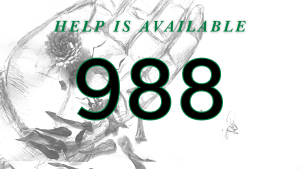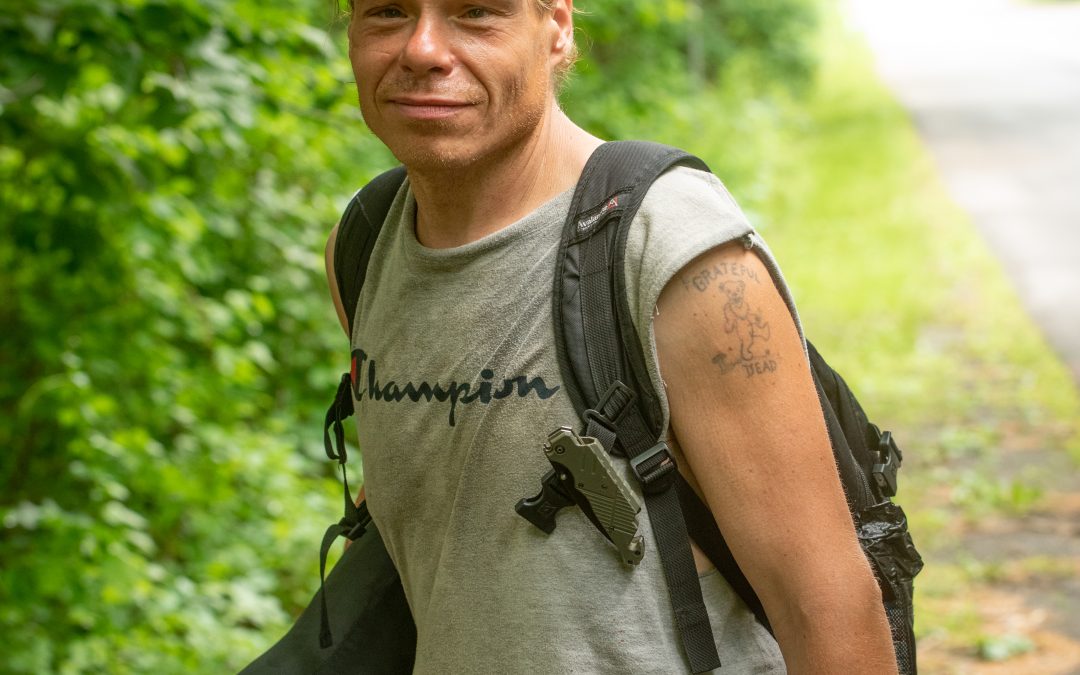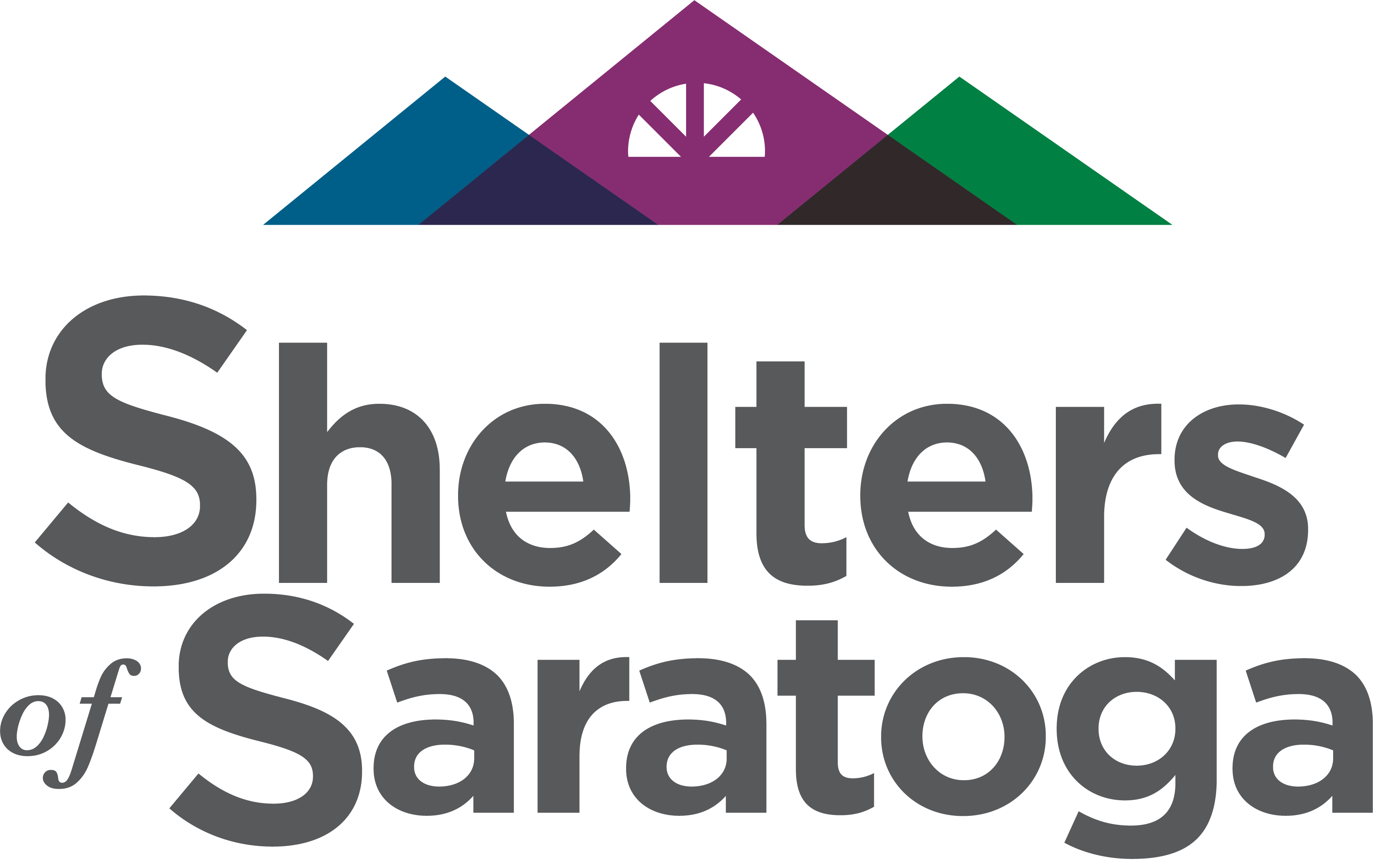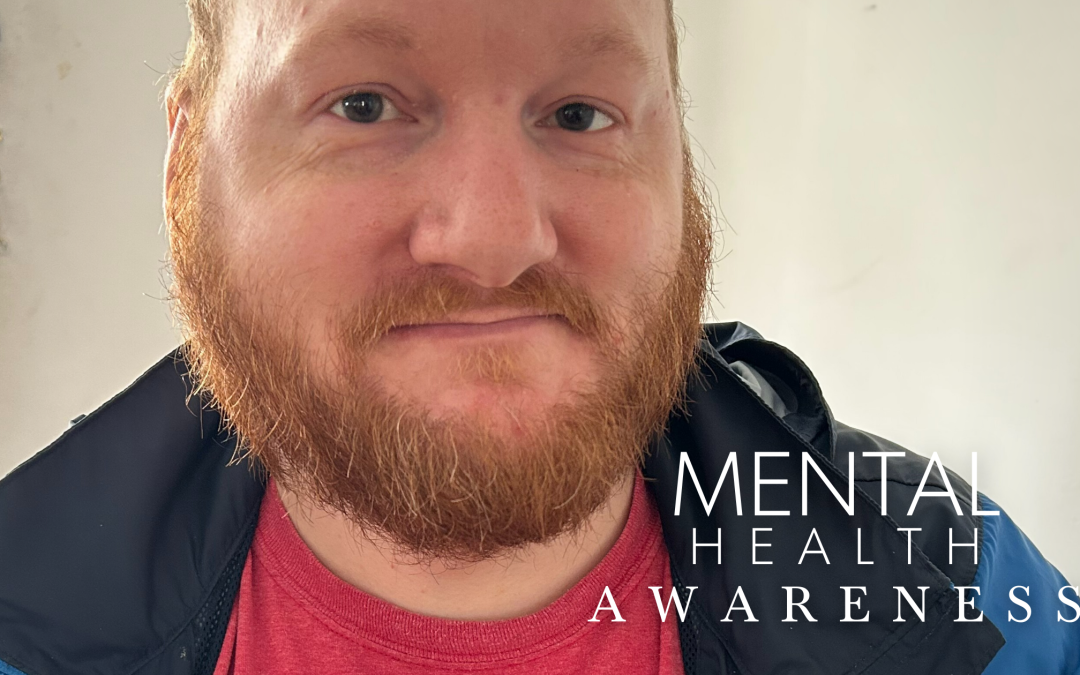May is Mental Health Awareness month, and this year, it feels especially relevant to all of us.
Our entire country is facing an unprecedented health crisis, and in communities like Saratoga Springs, which seem so idyllic at first glance, the challenges are more pressing than they’ve ever been before.
Important Progress on Mental Health
Federal lawmakers are taking important steps, expanding access to mental health services, and investing billions of dollars to support both mental health workers and people in need of services through the American Rescue Plan and the Bipartisan Safer Communities Act.
In New York State, the Office of Mental Health is focused on facilitating hope and recovery for adults and children suffering from mental illness. All told, New York’s Executive Budget has allocated $5.1 billion in funds to mental health workers (through worker bonuses and minimum wage increases) and services, like Suicide Prevention and Safe Options Support Teams, to reach out to houseless individuals and increased support for existing residential programs.
All of that is a step in the right direction, because post-COVID, more and more individuals have suffered from mental health challenges across every walk of life. For three years following the onset of COVID, 90% of U.S. adults believe the country is faced with a mental health crisis, according to a recent KFF/CNN survey.
In early 2021, approximately four in 10 adults reported symptoms of anxiety and depression, before declining recently to the still elevated rate of three in 10. Coupled with the upswing in anxiety and depression is an increase in self-medication—often in the form of drugs and alcohol. The number of overdose deaths in the U.S. has spiked by about 50%, and suicide rates are also higher than before the pandemic. In 2021, there were more than 106,600 deaths from drug overdoses, the highest rate on record in the U.S.
SOS created a community where I felt less alone. I had peers and staff I could talk to and learn from.
-Adam
Acute Challenges for people experiencing homelessness
For those without stable housing, the struggle is particularly acute. Mental health is generally considered by experts to be a predictor of homelessness. Add to that the stress of being without housing or a support system, and the risk is compounded.
An estimated 20-25% of Americans experiencing homelessness are reported to be experiencing serious mental health symptoms, compared with 4-6% of the general population.
“Serious mental illnesses disrupt people’s ability to carry out essential aspects of daily life, such as self-care and household management,” according to the National Coalition for the Homeless.
When I’m overwhelmed, I tackle one situation or day at a time.
-Adam
Historically, people without housing rely on emergency rooms, clinics, hospitals and other facilities to manage acute symptoms. These clinical settings fall short of the long term care needed to counsel, manage symptoms, and medication. Accessing health care of any kind is generally more difficult for folks without a set address.
At Shelters of Saratoga, we serve approximately 400 people each year. An estimated 70% of those people are suffering from mental illness, a growing trend since Covid. There’s no way to singlehandedly and quickly resolve an issue as complex and multi-faceted as our nation’s mental health crisis, but it is heartening to see the entire country and New York State recognize it and address it on multiple fronts.
Here at the Shelters of Saratoga, we are not licensed clinicians, but our 24 hour a day shelter staff provides our guests with tools to de-escalate symptoms, promote self-care, and navigate the systems available to enhance long term mental health outcomes.
We'd love to hear from you!
Let us know your favorite self care tips in the comments below.

Mental Health Support
If you know someone, or you yourself are facing a mental health crisis, remember: you are not alone. Dial the new Mental Health National Hotline at 988 for support, and you will be guided to a variety of resources.
Older Posts

A Journey to Stability: Meet John, Susan, and Karen
During a recent visit to our Code Blue shelter, I had the privilege of meeting three extraordinary individuals: John, Susan, and Karen, who were recently housed from our Code Blue shelter. Their stories shed light on the challenges faced by those experiencing...

Exploring the Significance of the Point-in-Time Count
In our ongoing mission to address homelessness, access to accurate data stands as the basis for understanding the breadth of the issue and devising impactful solutions. A crucial aspect of this is the annual Point-in-Time (PIT) Count, a mandate from the U.S....


I like to pick a new recipe to try to cook!